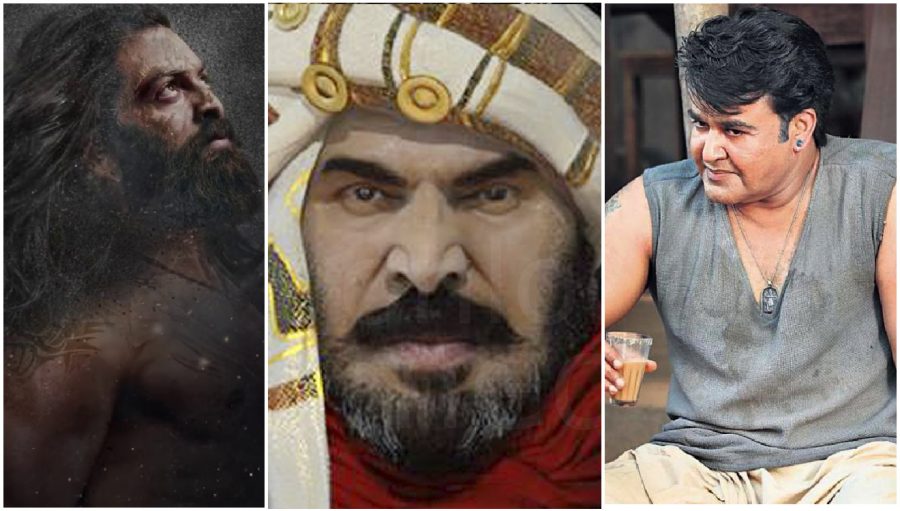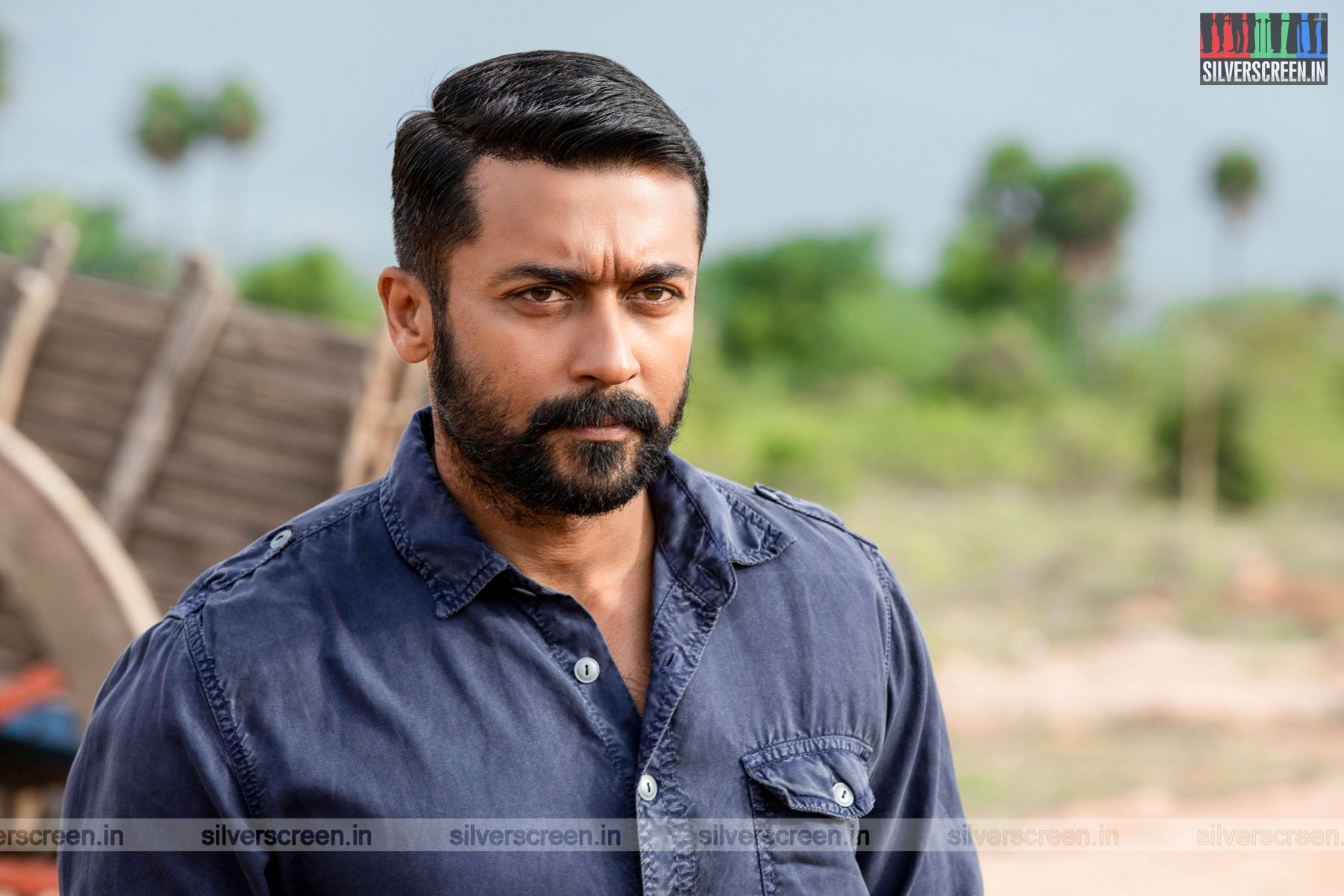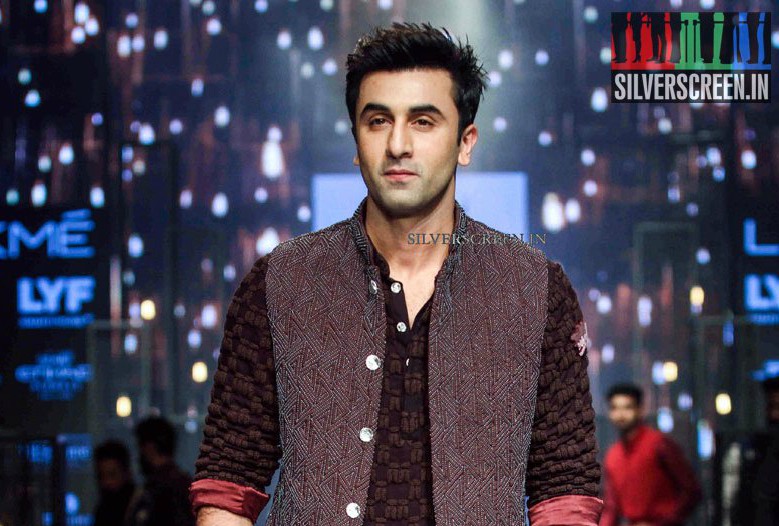The male superstars in Malayalam cinema – old and young – are toughening up their physique for magnanimous projects which were announced over the last couple of years; most of these are films set in the yore, envisioned on a huge canvas, and have big names attached to it.
Prithviraj leads the run with two such projects in hand – Kaaliyan, an epic period drama, and Aadu Jeevitham, an adaptation of writer Benyamin’s acclaimed novel on the life of an immigrant in the Middle East desert, directed by Blessy and produced by industrialist KG Abraham. The first look poster of Kaaliyan, featuring Prithviraj in long flowing locks resembling Kamal Haasan’s shelved project Marudhanayagam, was released on social media on February 26. The shooting of Aadujeevitham was officially launched on March 1. The crew of Aadu Jeevitham, includes Oscar winning composer AR Rahman, sound designer Resul Pookutty and veteran cinematographer KU Mohanan.
Mohanlal recently wrapped up Odiyan, a fantasy-drama written by Harikrishnan Kornath, directed by VA Shrikumar Menon, and produced by Mohanlal’s home banner, helmed by Antony Perumbavoor. The actor will be seen playing the role of Ithikkara Pakki, a wayfarer wizard, in Nivin Pauly’s big-budget project Kayamkulam Kochunni, directed by Rosshan Andrews and produced by Gokulam Gopalan. Mohanlal has signed on Kunjali Marakkar, the biopic of an erstwhile Zamorin naval chief, directed by Priyadarshan. The first look of the film was released recently. Interestingly, another team led by DoP-filmmaker Santhosh Sivan and Mammootty, has also announced a Kunjali Marakkar biopic. Mammootty is already working in Mamangam, a period drama about gladiators of Malabar, directed by Sajeev Pillai.
#Odiyan Movie Teaser pic.twitter.com/varhrpDrk0
— Mohanlal (@Mohanlal) May 8, 2018
Apart from Kayamkulam Kochunni, Nivin will also be playing veteran theatre artiste-writer NN Pillai in a biopic directed by Rajeev Ravi. It was also announced some time back that Tovino Thomas will star in a big-budget period drama, Chengazhi Nambiar. RS Vimal, who directed Ennu Ninte Moideen has embarked up on an epic drama on Karnan, in which actor Vikram is donning the titular Mahabharata warrior, meanwhile director K Madhu and script writer Robin Thirumala are working on another period drama, Marthanda Varma, starring Rana Daggubati.
The industry is once again, vigorously, trying to break the regional barrier, and go pan-Indian in content, budget as well as in box-office collections.
But the pertinent question is: Can the industry handle ambitious projects as these?
Padayottam (1982), one of the most remarkable films in the history of Malayalam cinema, was an epic-period drama set on a vast canvas. Directed by the maverick filmmaker Jijo Ponnoose and produced by Navodaya Appachan, it was a star-studded film loosely based on Alexander Dumas’ Count Of Monte Cristo. It wasn’t a usual affair, both in terms of scale as well as content. The then superstars in Malayalam cinema, Prem Nazir and Madhu played cousins, while the next-generation stars Mammootty and Mohanlal were father and son. The film featured cutting edge stunt sequences, opulently designed sets that had floating castles and a pirate ship. Padayottam was also the first indigenously processed 70 mm film in India.
“With a price tag of Rs 1 crore in an industry where an average film costs Rs 15 lakhs, Padayottam is the biggest thing in films in the south,” observed veteran film critic and journalist Sreedhar Pillai in 1982, months before the film hit the screens. In the feature piece that appeared on India Today magazine, Pillai also mentions how confident the producer and the director sounded about the box-office fate of the film. He quotes Appachen as saying, ” It (Padayottam) is going to cater to the changing values and changing tastes of cine-goers.” Turned out that the seasoned producer was spot on about the collections. The film retained the position as the highest grossing Malayalam film for a long time after its release.
In the past, not many mega-budget films in Malayalam cinema have been able to conquer the box-office, barring a few like Padayottam and Mohanlal’s Pulimurugan (2016). Jayaraj’s epic war drama Veeram fell flat at the box-office. Mammootty’s Kerala Varma Pazhassi Raja had a star-studded cast, reportedly, but couldn’t live up to its expectations at the box-office. Prithviraj’s period drama Urumi did average business, while Tiyaan sank without a trace. Among other mega-budget projects, Mohanlal’s Casanova which served like a promotion vehicle for its producer, real estate mogul Confident Group, fell flat at the box-office.
Yet, mega budget projects continue to create hype, and launch ‘fan fights’. The buzz starts, often, from budget speculations. Numbers are thrown around randomly, and sometimes, the production houses issue statements refuting the rumours. In Malayalam cinema, there is no official body from where one can seek the details of a film’s real budget numbers. As film journalist Vijay George says, Malayalam, like most of the regional film industries, never discloses their trade figures. “Everything is fabricated, budgets are often inflated figures.”
***
Sukumar Thekkepatt, one of the leading producers in Mollywood, believes that Malayalam film industry doesn’t have the capacity to make profits out of a mega-budget movie of Rs 20 crores or above. “Unlike Telugu, which now has a huge market that goes beyond its state border, Malayalam films’ theatrical revenue comes from just three regions – Malabar, Kochi and south Kerala. The most viable budget for a Malayalam film is Rs 15 crore, if it stars Mohanlal the most bankable star at the moment,” says Sukumar.
Mohanlal, the highest paid actor in Malayalam, has time and again made his presence felt in other south Indian film industries. Over the last few years, the actor seems to be making conscious efforts to widen his market. In 2016, he starred in Janatha Garage (2016) in a supporting role alongside Junior NTR. His highly restrained and nuanced performance as an ageing gangster was highly praised to the extent that it overshadowed that of Telugu superstars like Junior NTR and Samantha Ruth Prabhu. In 2015, he appeared in a Kannada film, Mythri, and in 2014, he starred in Vijay’s Jilla.
However, barring Pulimurugan, an out-and-out entertainer that raked in good collections across South India, and a brilliantly-narrated Drishyam which got remade into over five Indian languages, none of Mohanlal’s Malayalam films have been able to win over the market outside Kerala. His Villain, directed by B Unnikrishnan and produced by Rockline Venkatesh who is active in Kannada-Telugu industries, was dubbed to Telugu, but received an underwhelming response. At the same time, a smaller film like Premam and a film starring a horde of young stars, Bangalore Days, were well-received.
Sukumar says the takeaway from these projects is that it doesn’t matter who acts in the film, “the subject is the deciding factor.”
Sukumar, who has known the industry from a close quarter for many years, says makers of the upcoming mega budget films have taken a big risk. “Malayalam cinema has limits. If the film is really being made on a budget of Rs 25 crores, the chances of earning it back is bleak. The trick is to make small budget films of great content and quality, like Premam or the recent Queen, and make high profits,” he says. “In Tamil, Thenandral Films dropped Sanghamitra because they realised there is no point in making a film on such a huge budget.”
Filmmaker Rosshan Andrews begs to differ. “How long should we stay small, confine our market to the state boundaries? Shouldn’t we use our resources to turn bigger and wider?”, he asks. His Kayamkulam Kochunni is a period drama, based on the mythical character from Aithihyamala. The shoot of the film is completed, and Andrews is busy with the post-production works of the film which is scheduled to hit the screens in August this year.
“We wanted to narrate this story on a huge canvas, putting in a lot of time and energy. We wanted to cast Mohanlal in a role because for a movie of this scale, his presence can be a vital support,” says Andrews. “Long ago, we had movies like Padayottam and now we saw big-budget films like Pulimurgan grossing big numbers at box-office inside as well as outside Mollywood’s traditional markets. Small-budget films like Premam and Drishyam became popular outside the state, thanks to their novel content. Through Kayamkulam Kochunni, we are trying to tell a quintessential Malayali tale in a novel way, with perfect production design and technology. Most of the cost of production went into recreating the period,” he says.
“We are planning to take this film to Telugu and Tamil markets. Actors such as Priya Anand and MS Bhaskar are familiar faces in those industries, even Babu Antony is a known figure in Tamil Nadu,” he says.
“I am an artiste. I didn’t do a market research or calculations before embarking upon this project,” he says, adding that he can’t confirm the exact budget of the film. The real star of the film is, he says, Gokulam Gopalan, who readily agreed to produce the film on a huge canvas.
In Malayalam, unlike other Indian film industries, has a growing number of first-time individual producers. For instance, director Joshiy’s Mohanlal starrer Laila O Laila (2015) was produced by a group of NRIs from the Middle East who floated a company called Finecut Entertainments. The film flopped at the box-office, and the banner is yet to announce another project.
“I get calls often from such people who say they are interested in funding films. They might not have an understanding of how the industry functions. They come with the misconception that it is easy to make money from cinema in the form of satellite rights, Telugu-Tamil-Hindi rights, and overseas rights,” says Sukumar.
***
Sreedhar Pillai feels some of these recent announcements from Malayalam film industry might not even materialize. “Wait for a year or two. Now it’s all just random numbers thrown around,” he says. “Making a magnum opus isn’t a simple task. Instead of focusing on one, Prithviraj has announced two films that will require long schedules and huge amount of money. Why do that?”
Recommended
“It’s the thumping success of Baahubali that prompted this trend,” says Pillai, who notes that the success of Baahubali would be difficult to reprise. “It is nearly impossible for a south Indian star or a film to find acceptance in north India. Dulquer Salmaan and Prithviraj, no matter how many Bollywood films they have done, aren’t pan-Indian stars. You can’t be a pan-Indian star by working in off-beat films. It takes mass movies to be a successful ‘pan-Indian’ superstar,” he says.
“Mohanlal tried his hand at Bollywood and other languages several times, but found little success. Actors like Prabhas and Rana Daggubati, even after Baahubali, continue to work down south because they know it’s better to be superstars in the south than struggle in Bollywood,” he says.
He adds that it would be difficult for a film like Odiyan, if it’s made on a budget of over Rs 50 crores, to retrieve it from one regional market. “As far as I see, it has no star cast like Baahubali or Urumi. With just Mohanlal, it won’t be able to crack the non-Malayalee markets,” he notes.
Santhosh Sivan’s Urumi was Malayalam cinema’s best bet on being pan-Indian. It had an ensemble cast – Prabhu Deva, Prithviraj, Genelia D’Souza and Vidya Balan, and artistes like Tabu had cameos. Directed and shot by Santhosh Sivan, one of India’s most sought after cinematographers, it was an interesting cinematic work than most of the Indian films in its genre. Yet, the film didn’t make waves across the country like Baahubali did, thanks to a dire lack of adequate marketing that Rajamouli and Shankar expertise on.
“Rajamouli is the best commercial filmmaker in the industry. Instead of making an ‘epic classic’, he made Baahubali an out and out mass commercial film, a fictional story set in the yore. Directors such as Santhosh Sivan or Hariharan always lose out on the mass element. They try to make it classy, but that’s not going to work,” he says.
***



